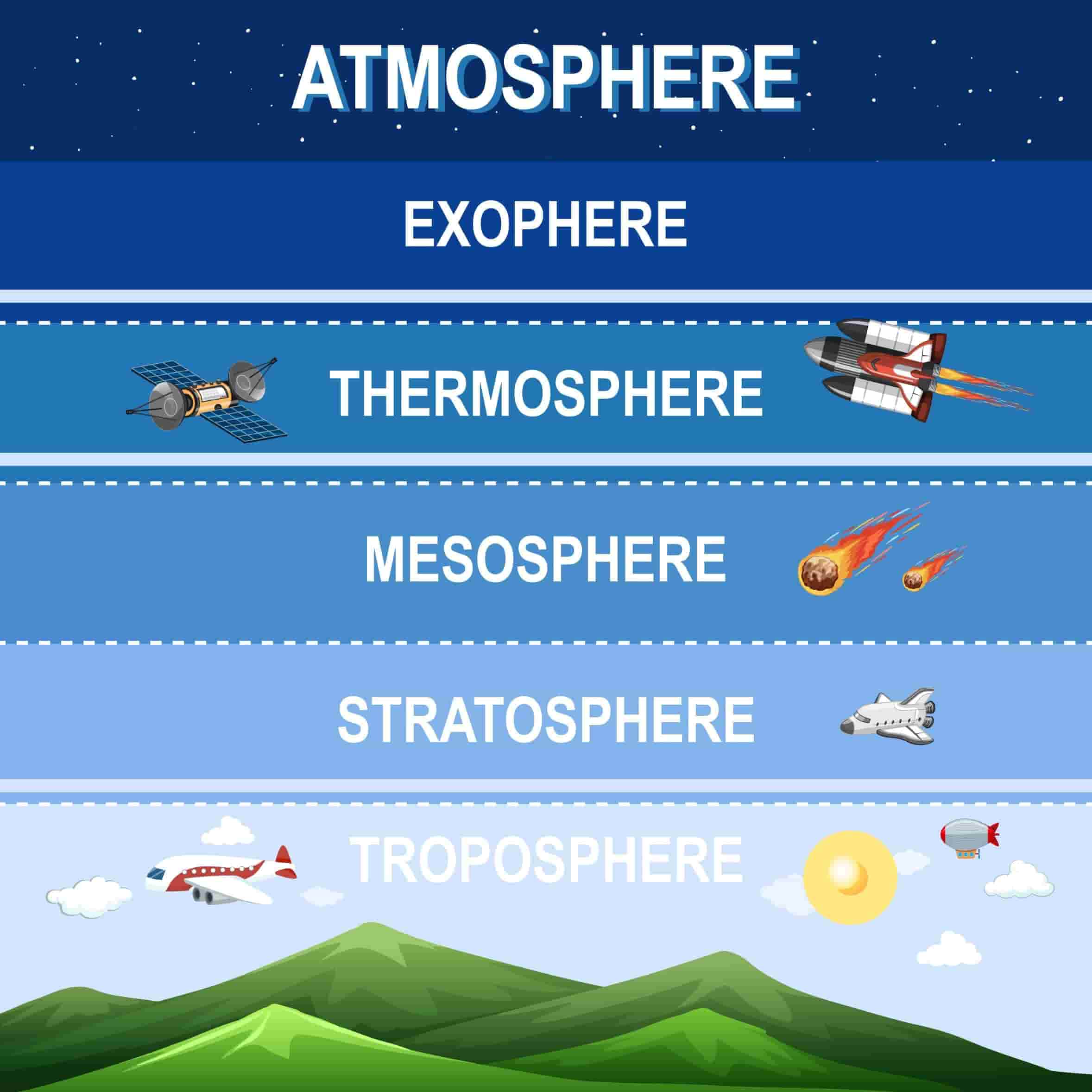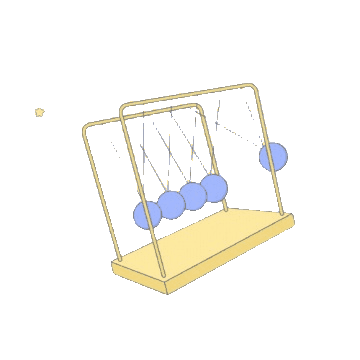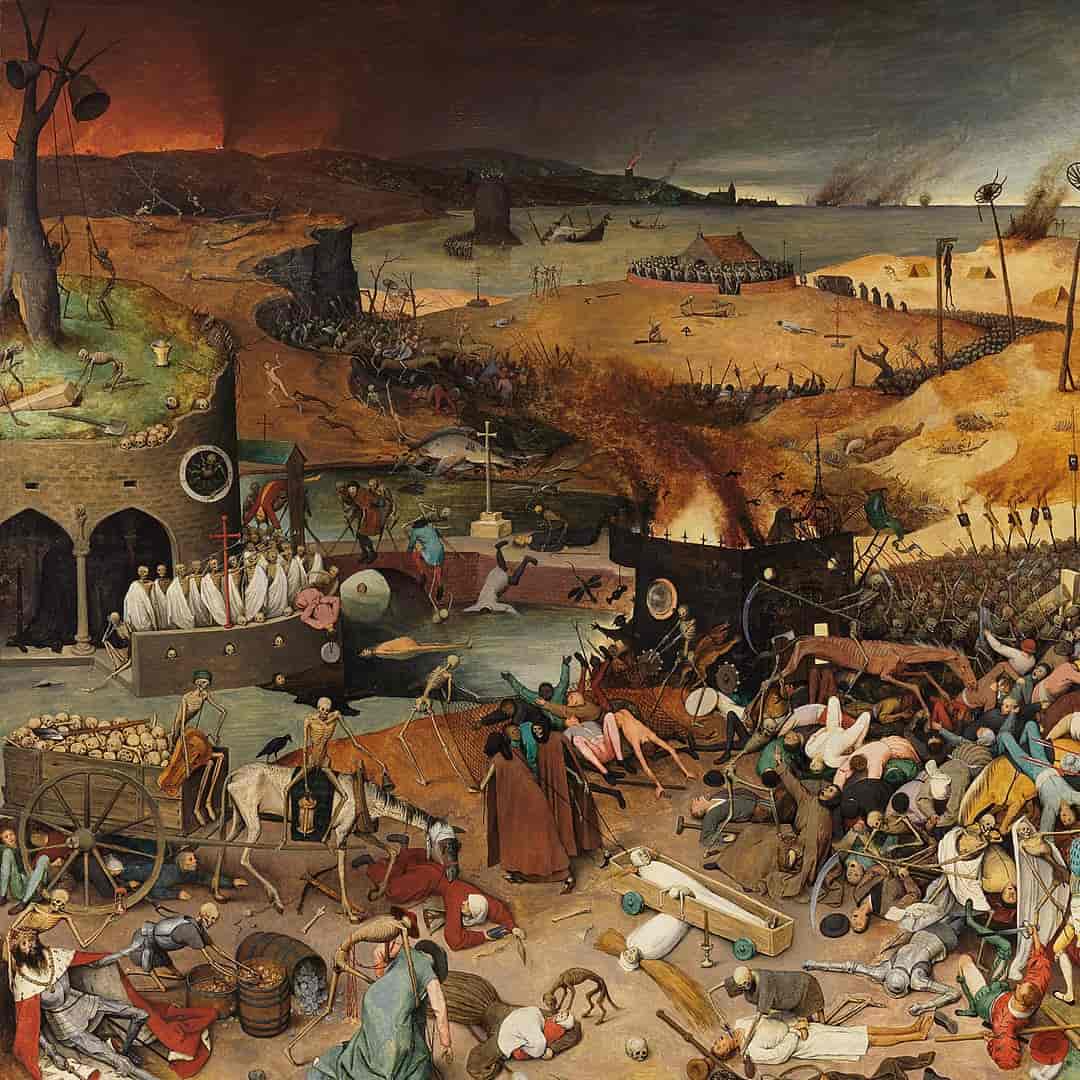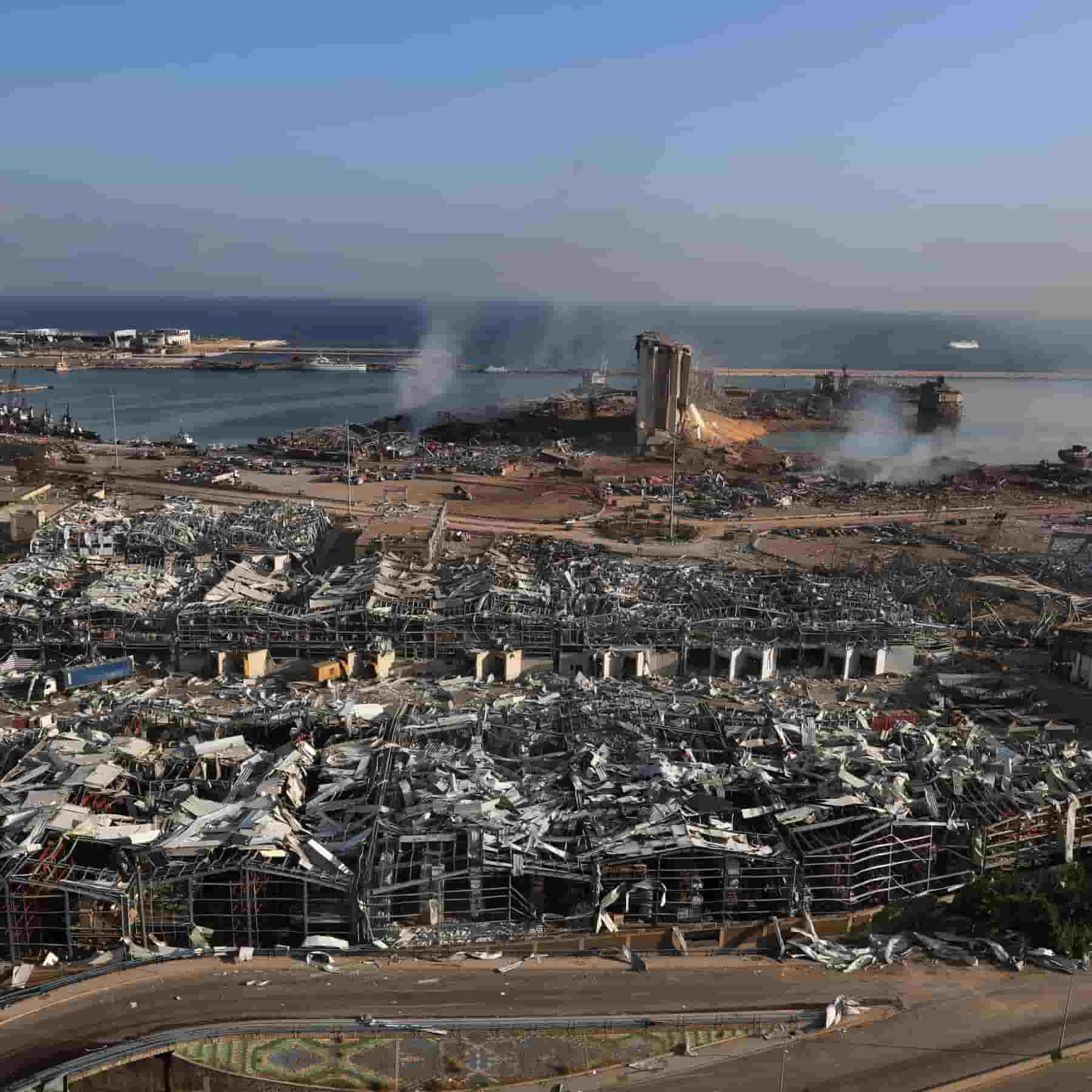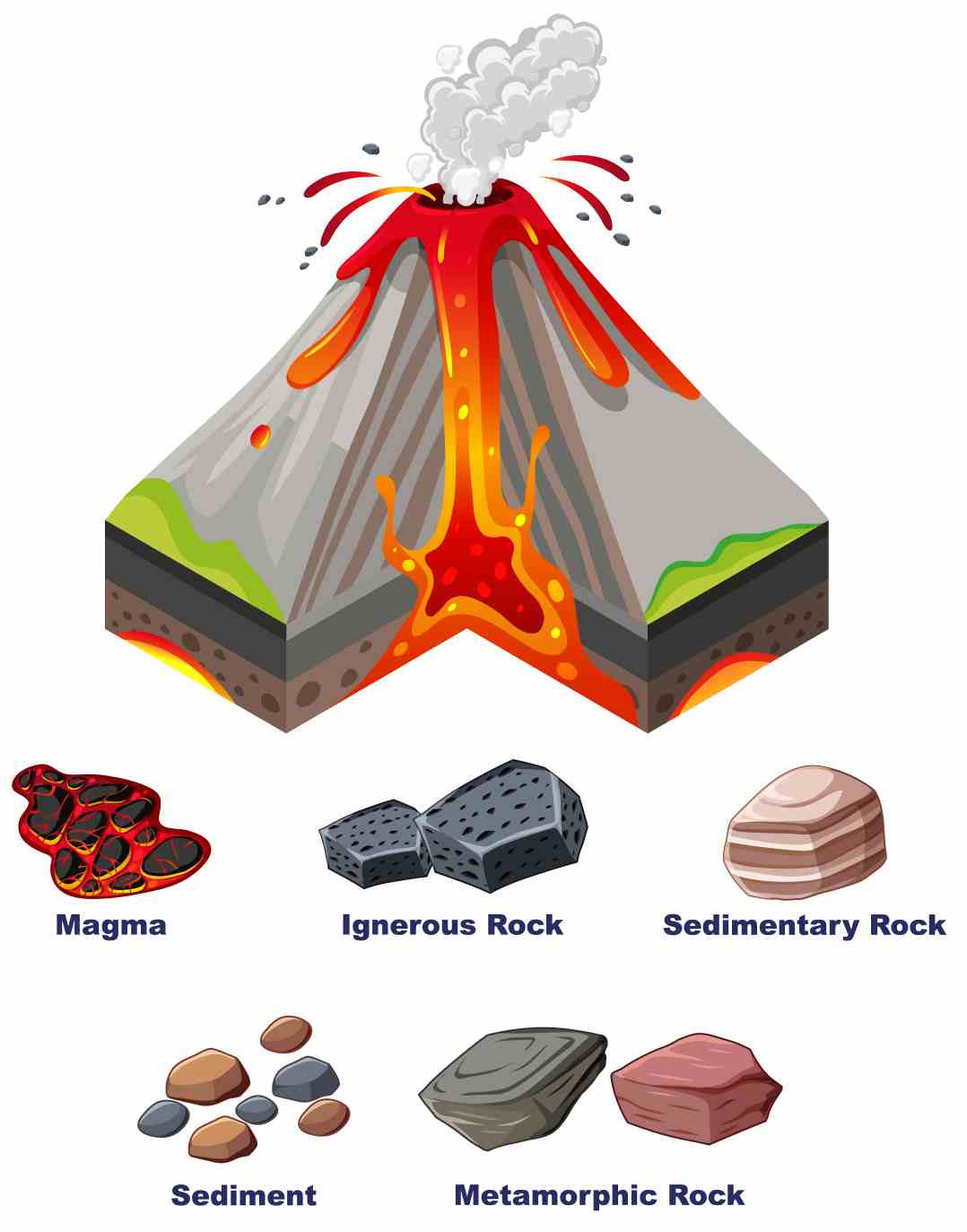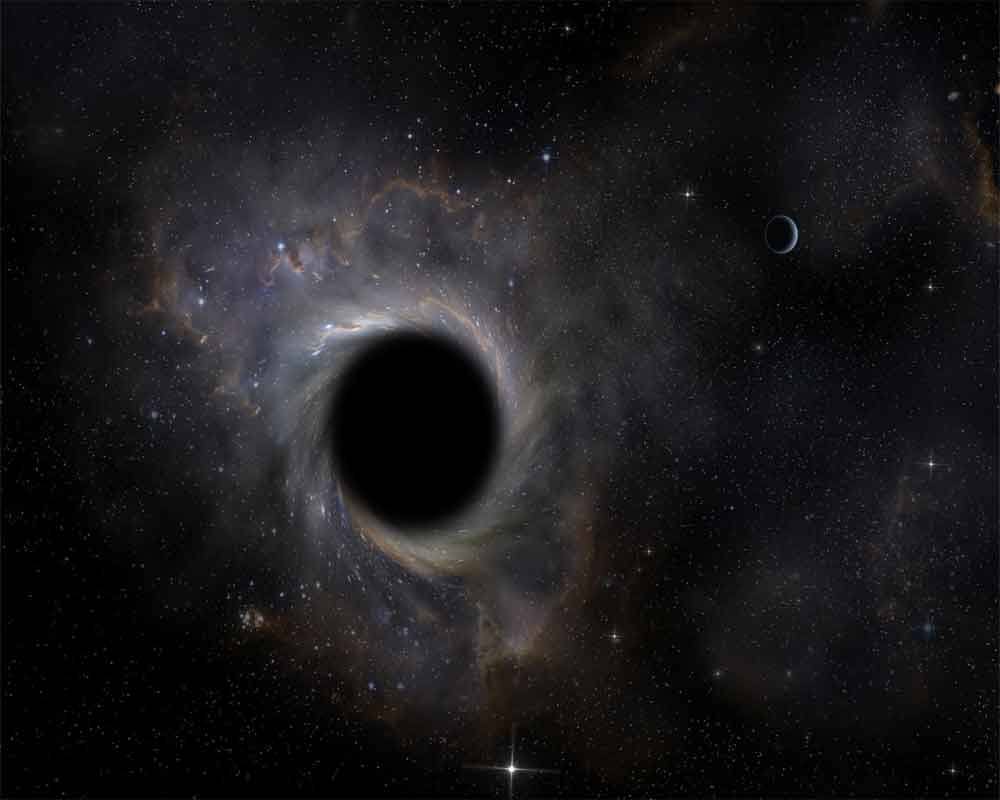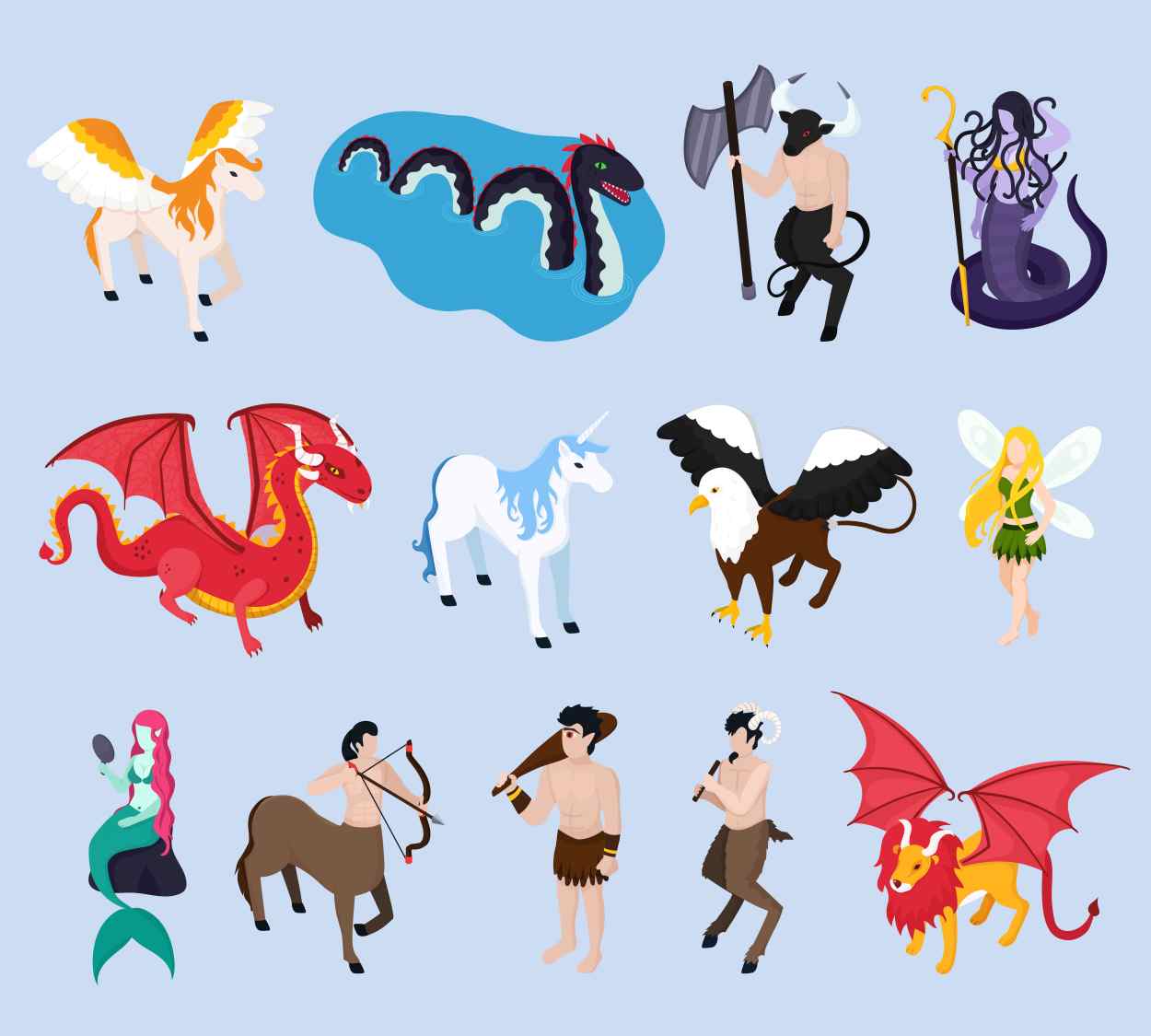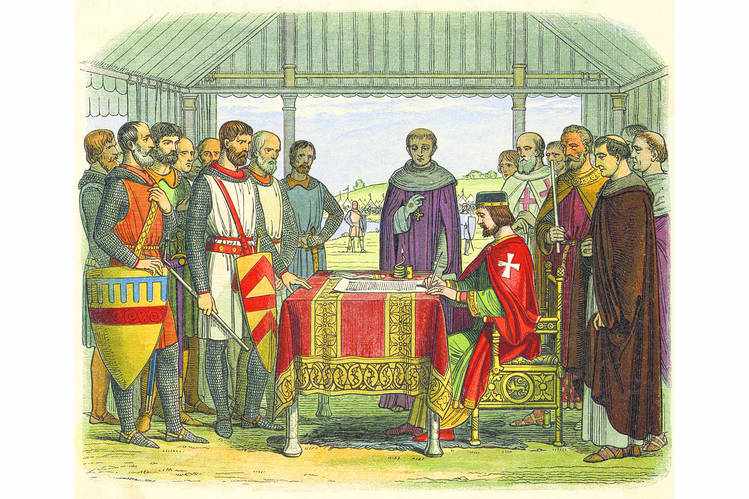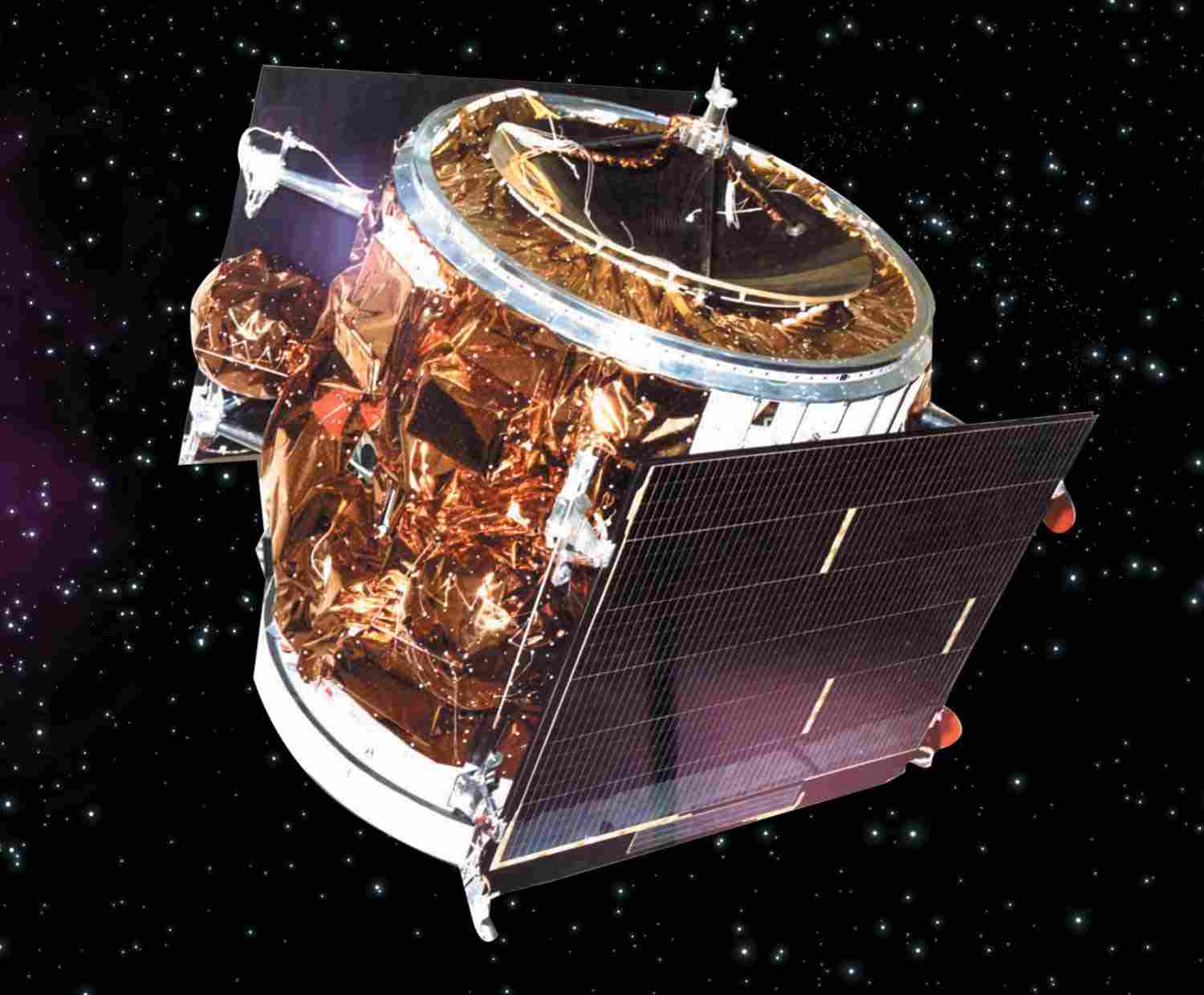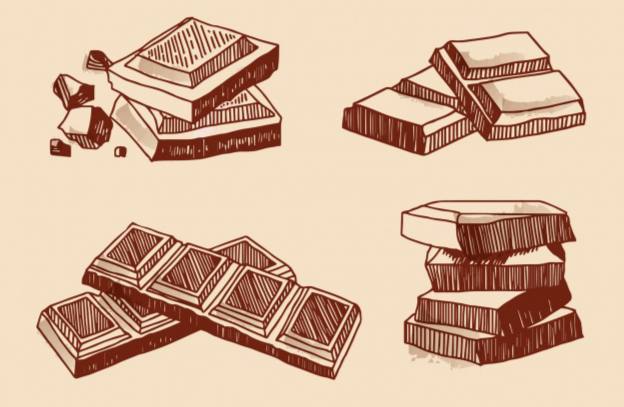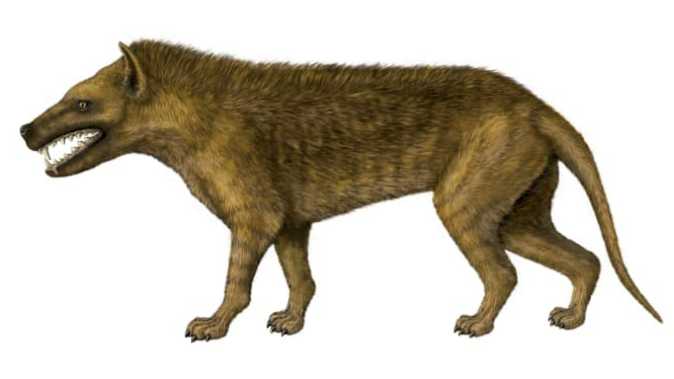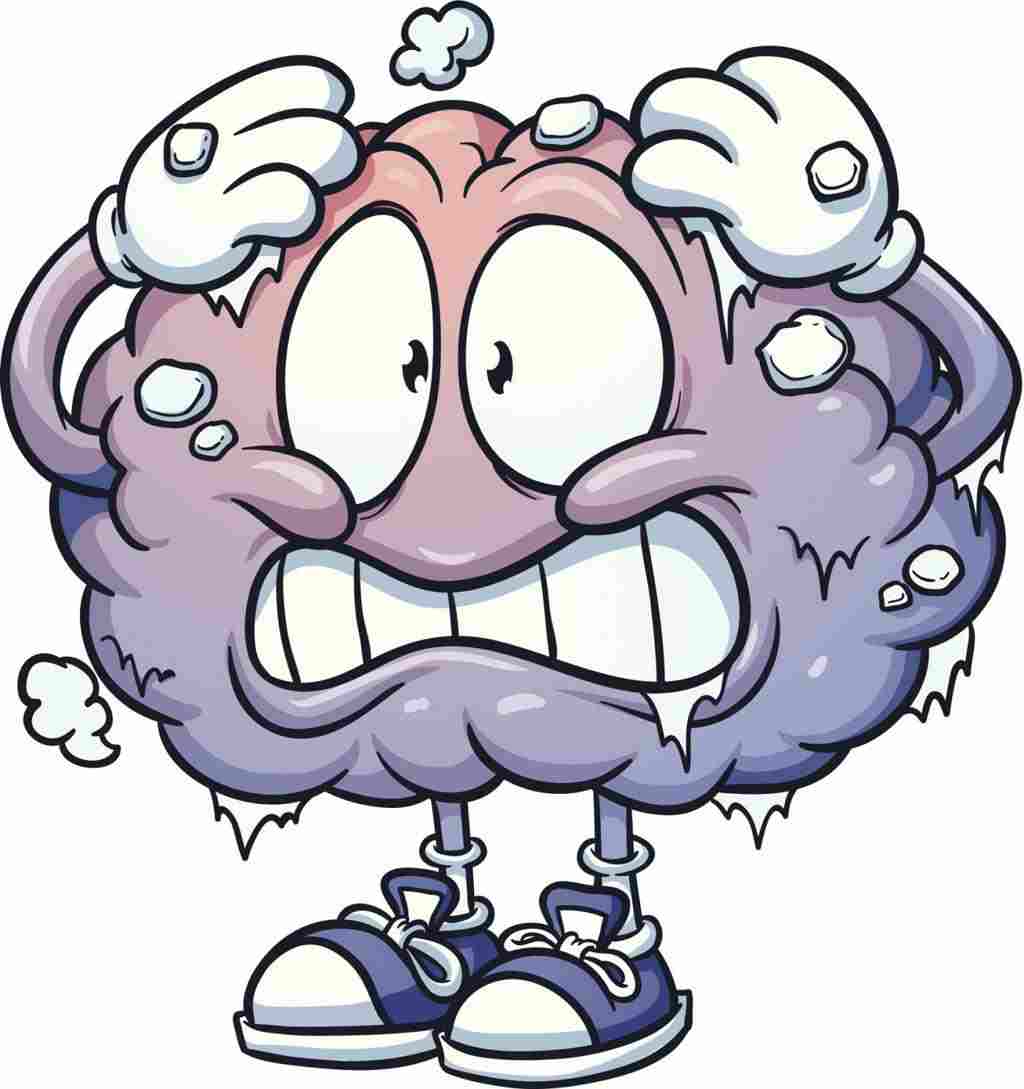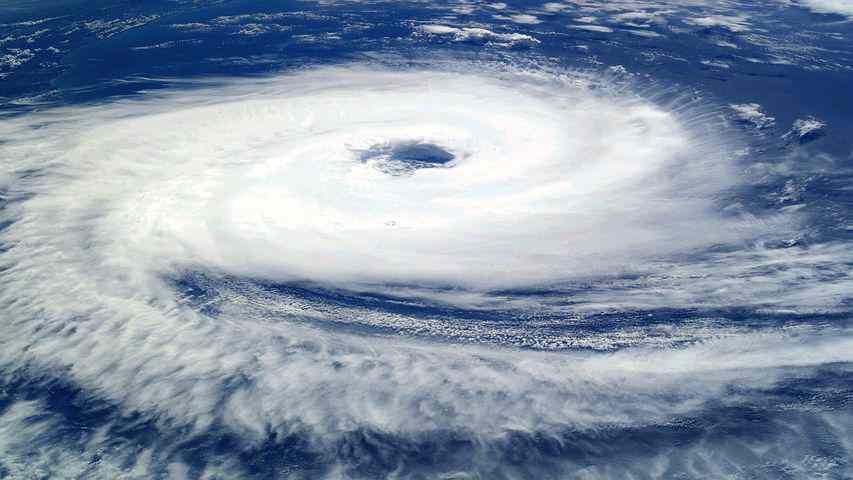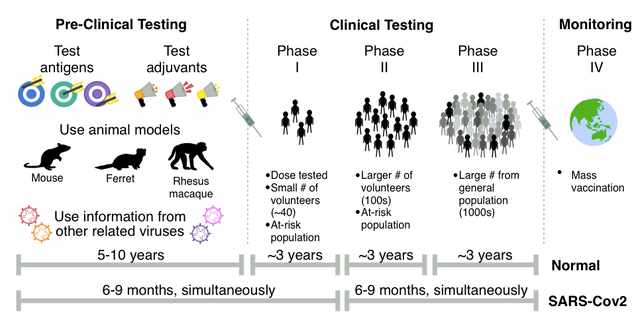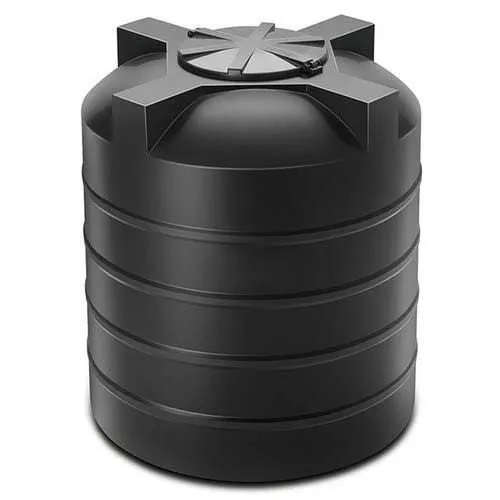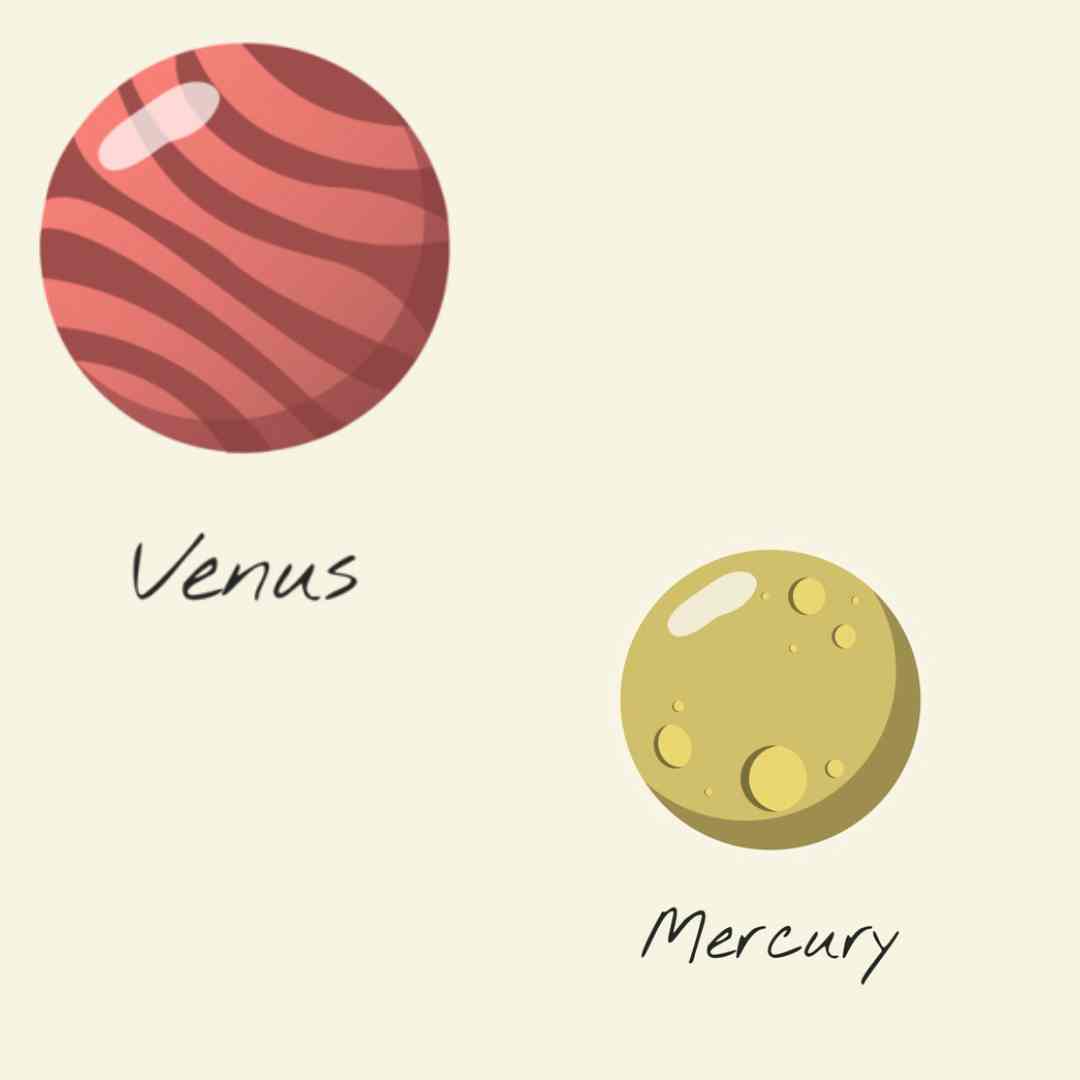Have you ever wondered why Earth is the only planet in the solar system that can sustain life? The answer isn’t merely the fact that Earth has an oxygen-rich air but also because it is at a suitable distance from the sun for it to maintain a life-sustaining temperature, and more importantly, the massive jacket of a mixture of air, water vapour, and ozone surrounding our planet that we call the atmosphere. [Note- Most planets in our solar system have atmospheres, except Mercury.] Without our atmosphere, oxygen would have escaped our planet, meteors would have ravaged our land, the average surface temperature on Earth would have been an ice-cold -18°C, and the extremely harmful UV rays from the sun would have never let life flourish on our “Blue Planet”. To be succinct (brief and to the point), Earth would have been a hell to live in, you know...just without all the monsters and dragons. Our atmosphere, as I mentioned before, is extremely complex and you’ll get to learn about it in detail in higher classes if you take up geology/geography as a subject. However, here is a little compendium ( a collection of brief but complete information on a particular topic) on it if you want some more knowledge. Our atmosphere can be divided into six layers, from the ground to space. The Troposphere The Stratosphere The Mesosphere The Thermosphere The Ionosphere The Exosphere What is the composition of gases in the atmosphere?
What are the Different layers of the atmosphere?
It is the layer of the atmosphere that houses the air that we breathe in, and the clouds that we can see in the sky. It is about 7-8 km thick at the poles and 16-18 km thick at the equator. Its composition is 78% nitrogen, 21% oxygen, and 1% of other gases like greenhouse gases, argon, etc. Most planes fly in this layer.
It lies above the troposphere and is approximately 35 km thick. It houses the indispensable ozone layer which protects us from the sun’s extremely harmful UV rays.
It is positioned between the Strato- and the Thermosphere. Any Comet, meteor, or alien ship(if they ever try to invade...ha!) entering our atmosphere burns up in the mesosphere because of the friction caused between the foreign object and the gas molecules.
At 513 km in thickness, temperatures in this layer can reach up to 2500 °C. However, this layer has too few gas molecules to even transfer that heat. It is also the layer where the International Space Station and other low orbiting satellites are located.
This layer does not have a well-defined thickness. It changes its thickness based on how much energy its constituent gas particles absorb from the sun to form ions. Radio-waves are reflected back to the earth by this layer. Auroras also occur in this layer.
The outermost layer of our atmosphere has a thickness of 10,000 km(Earth itself has a diameter of 12,742 km). It is the last layer to separate the atmosphere from the great emptiness. The layer itself is made up of helium and hydrogen but has lots of empty spaces between each molecule making the air unbreathable.
The Earth's atmosphere is primarily composed of nitrogen (78%), oxygen (21%), argon (0.93%), and traces of carbon dioxide, neon, helium, methane, krypton, hydrogen, xenon, ozone, and water vapour.

